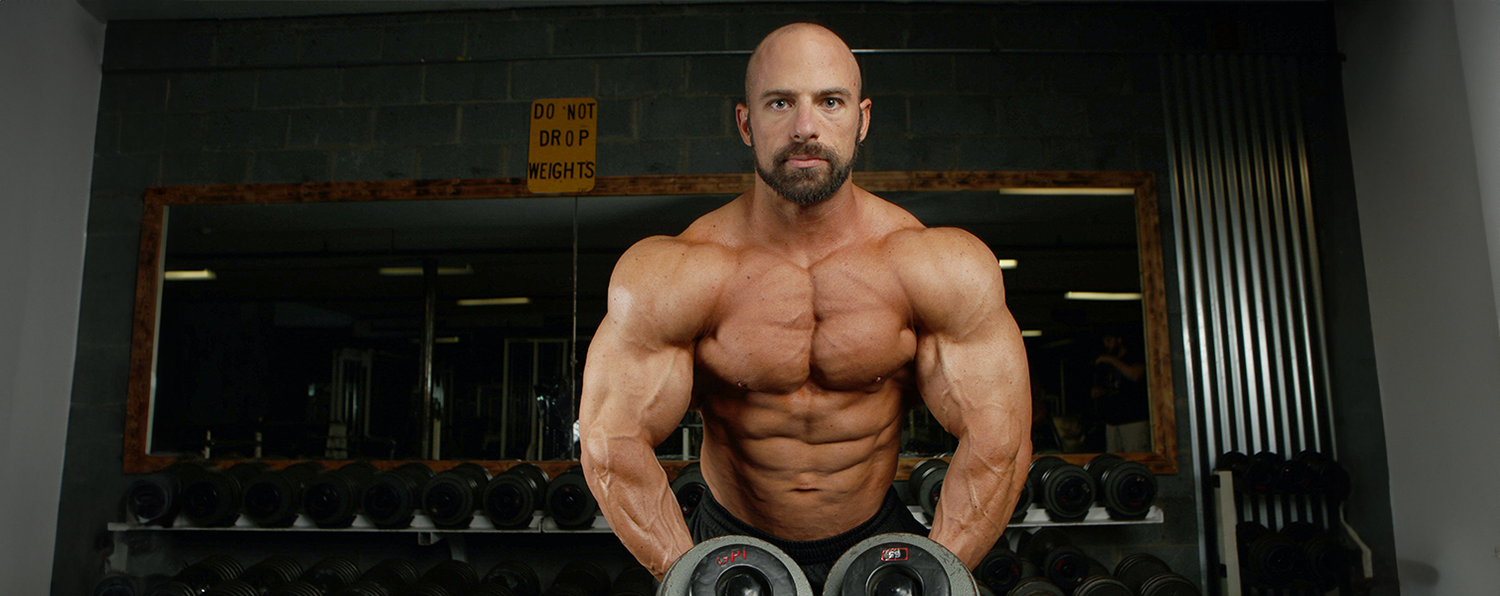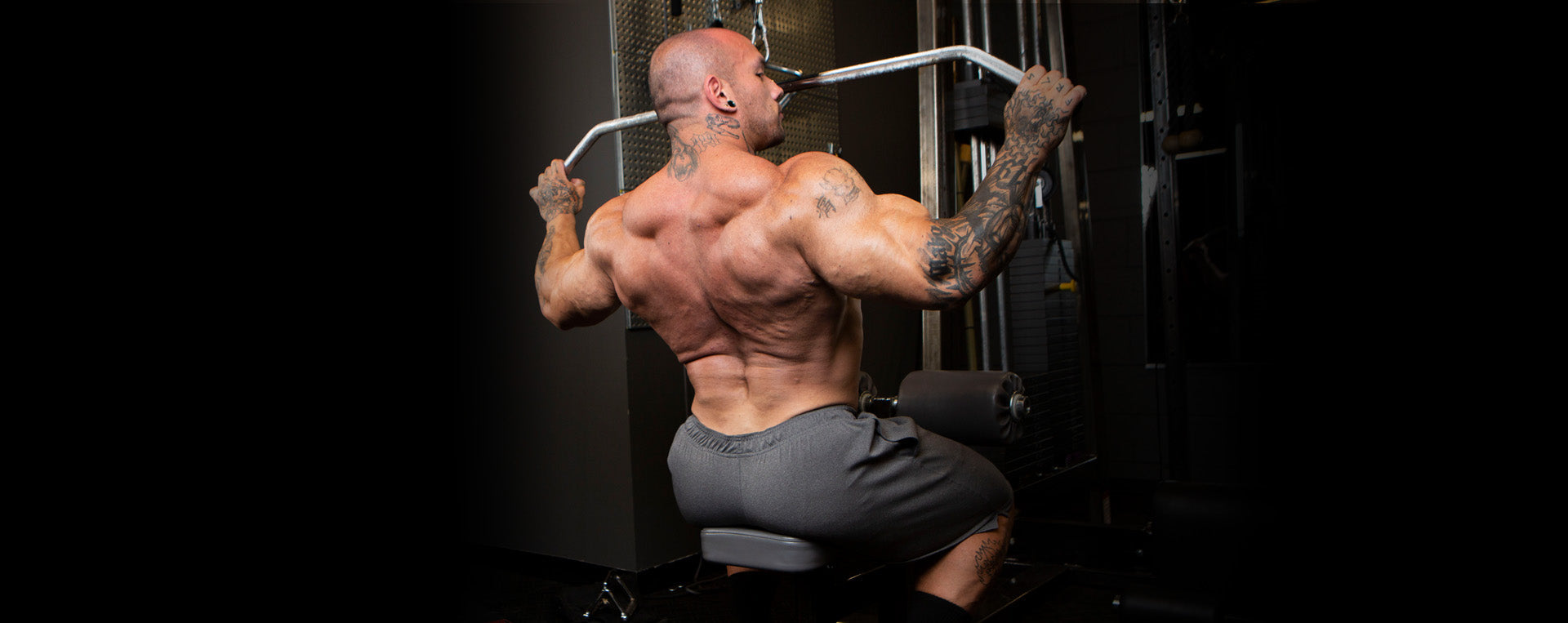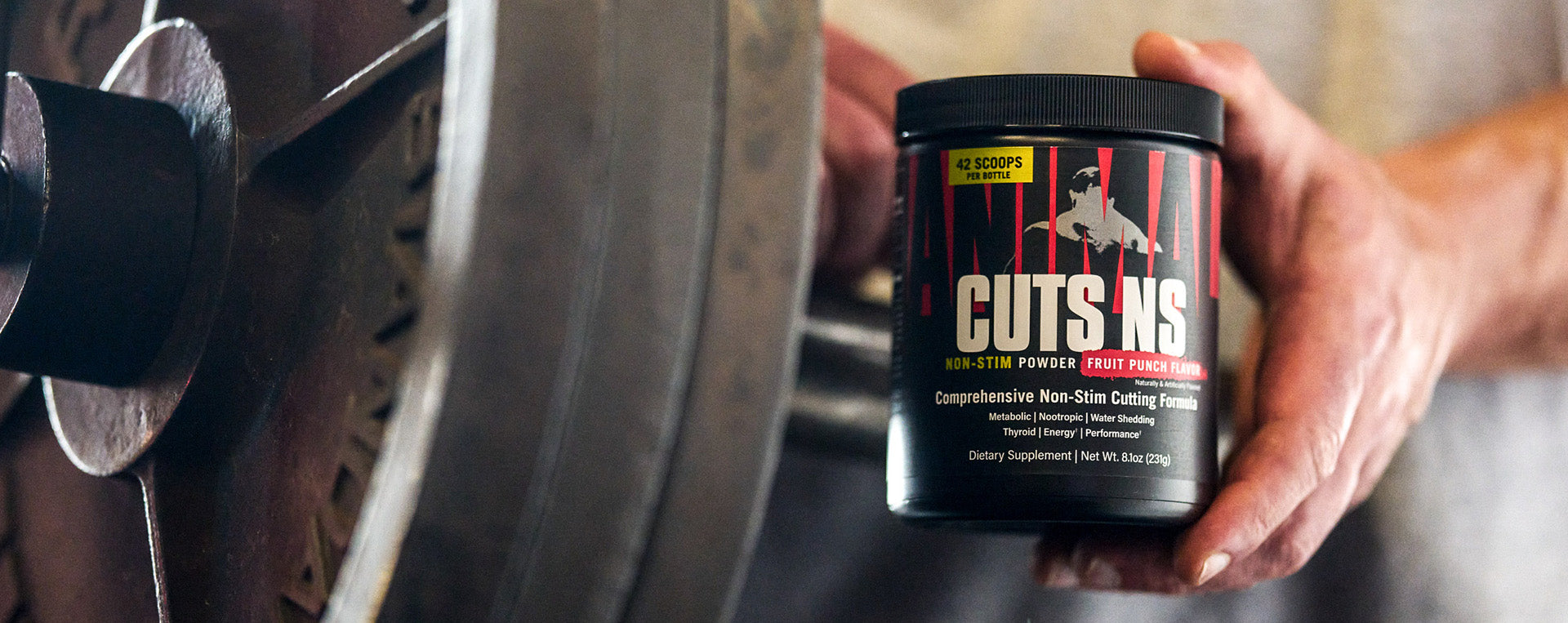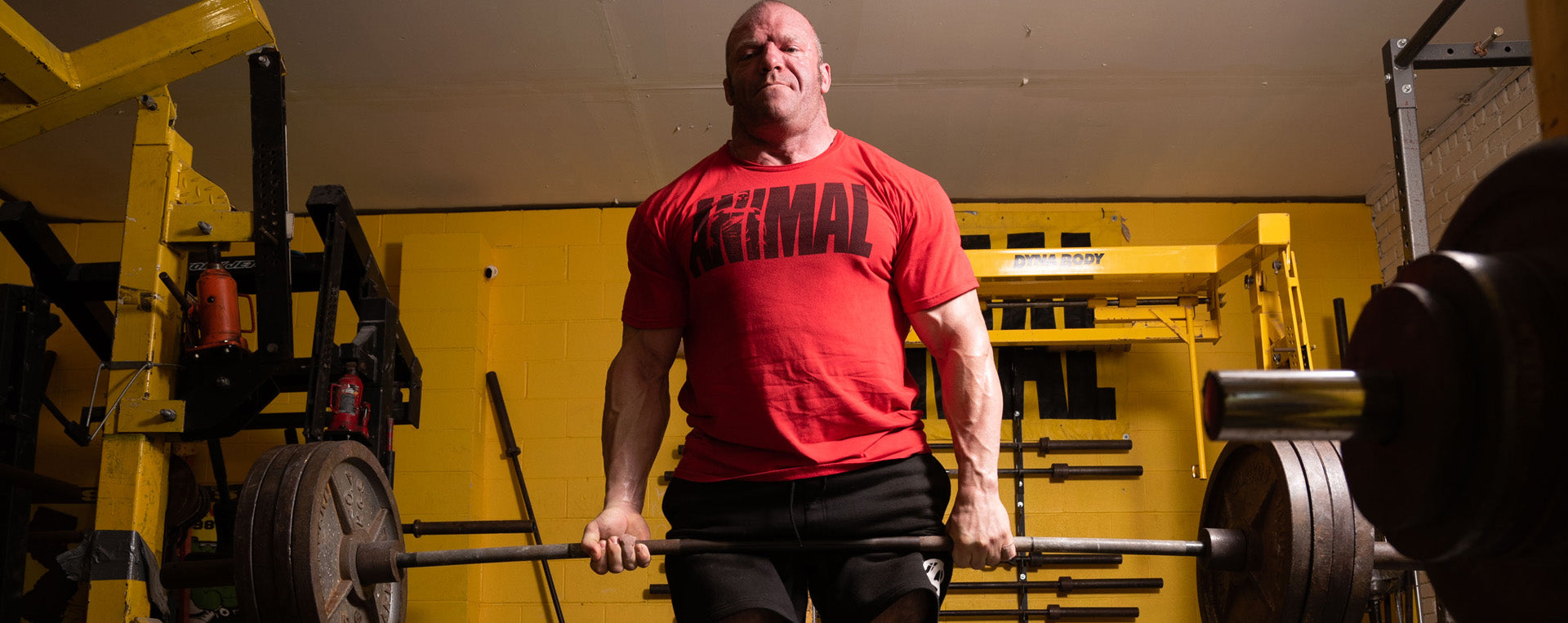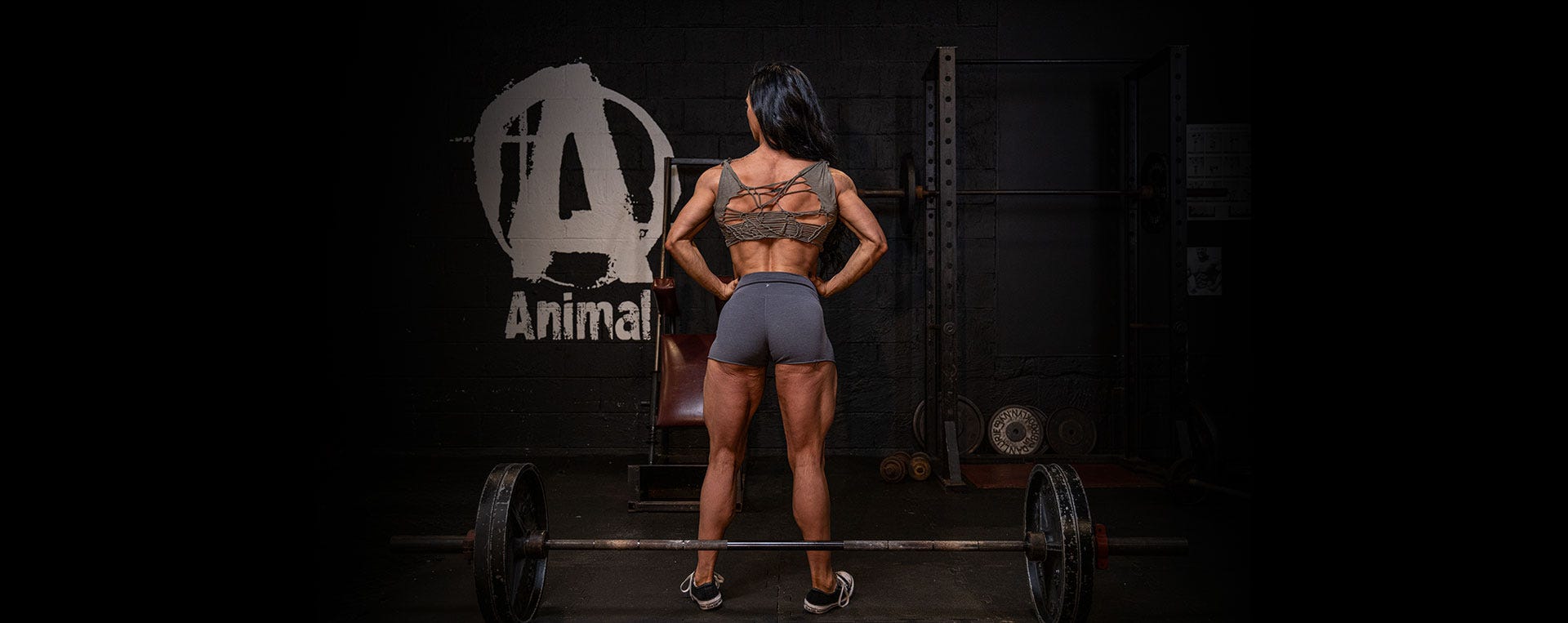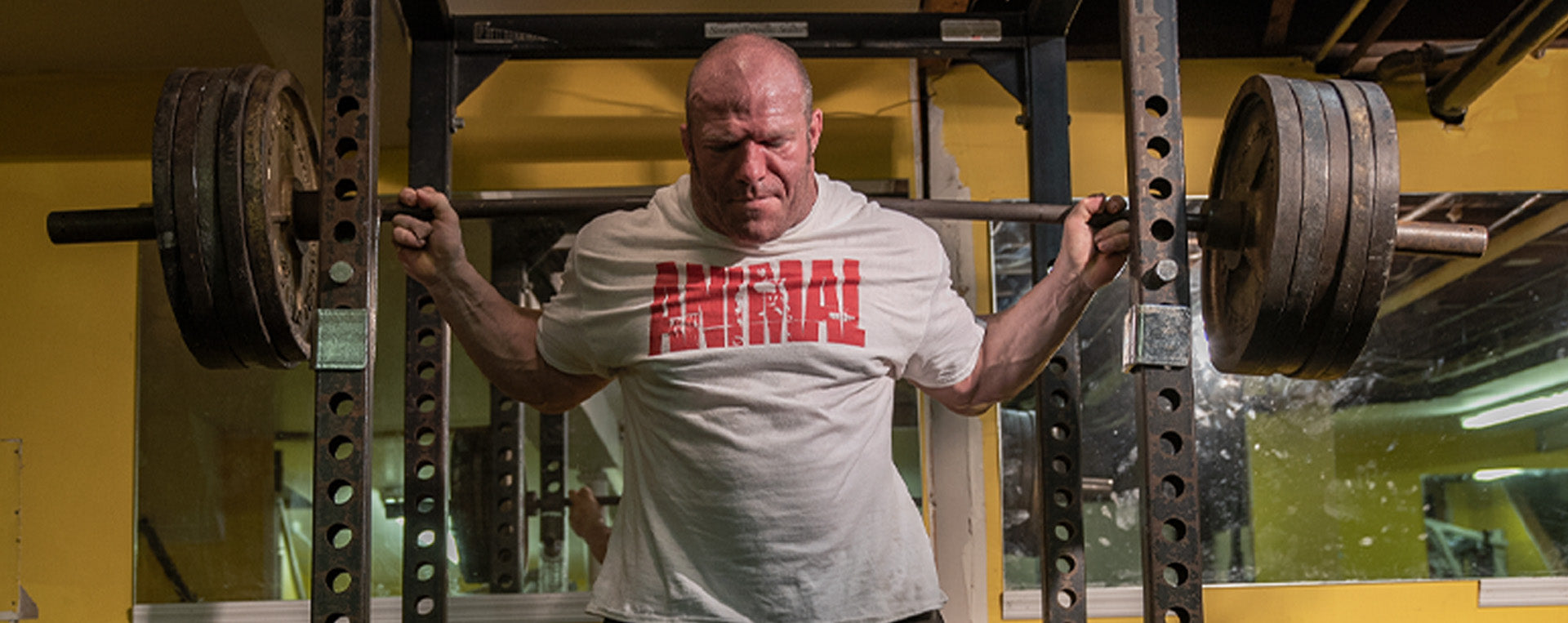Unless your name is Ronnie Coleman, you probably have a lagging muscle group. For me, it’s always been my legs. My upper body development has always overshadowed my leg development. However, in the past year or so, I’ve made tremendous strides in my lower body development. I can finally say that I’ve brought up my lagging body part. Let me fill you in on how I got them to grow.
In my opinion, lagging muscle groups are underdeveloped because of a lack of mind muscle connection. Think about your most superior muscle group—I would be willing to bet that you can contract that muscle and connect with that muscle very easily during training. When bringing up a lagging muscle, the first thing that should be addressed is proper training and connection with that muscle. That means strict form, full concentration on squeezing the muscle and controlling the weight on the negative, and never letting go of the tension during the entire set. I often see individuals pile on weight in a desperate attempt to overload the muscle in the hope that it will grow. Instead, they should lighten the load in order to “feel” the muscle working better. They might also slow the tempo of the exercise down more to ensure they aren’t using momentum when performing the exercise, and that tension is always present throughout the entire range of motion.
A good way to start a training routine for a lagging muscle group is to start with an isolation exercise or an exercise that you connect with the most. In my case, I always start my leg training sessions with leg extensions and leg curls. That way I can practice mind muscle connection and also pump copious amounts of blood into that muscle. It is much easier to connect with a pumped muscle during subsequent exercises, and will therefore give you more bang for your buck when performing the rest of your training routine.
Training lagging muscle groups twice per week is something that can help as well. This further improves the mind muscle connection since you are contracting and working that muscle more often. Why not 3 or 4 times per week? Depending on the volume of training, this could compromise your ability to recover from training sessions. Implementing twice per week training sessions was the biggest contributing factor to my increased leg development. As a coach, I’ve also seen this work for many of my clients.
Stubborn muscles can’t grow when intensity is not present. I make sure to perform several intensity techniques that target my lagging muscle groups. Partials reps and rest-pause sets are some of my favorite intensity techniques. Partials reps are performed immediately after you cannot complete another repetition using full range of motion. For example, on a leg extension, I would complete as many repetitions as possible with full range of motion (squeezing hard at the top and controlling the negative), and when it is impossible to complete another rep using full range of motion, I do partial repetitions using the same tempo until I can’t move the weight another inch. Rest pause sets are equally as painful and effective: take a set to failure, then use a rest period (usually 15-20 seconds), then go to failure again using the same exact load.
Training isn’t the only variable to manipulate when bringing up lagging body parts. You can use nutrition to help the process. Calories, usually in the form of carbs, can be increased on the day in which you train lagging body parts. Since you are likely to use more intensity and volume on these particular days, it may be beneficial for you to spike your calories, or introduce a cheat meal before or after your training sessions. This would not only provide a mental boost but an increase in nutrients to help fuel the training sessions and ensure you are in a caloric surplus for those days.
My last—but definitely not the least—tip would be to pose and flex constantly. The more you practice something in life, the better you get at it. The same applies for muscular contractions. Flex your lagging muscle groups between sets, after your training sessions, first thing in the morning, before you go to bed. After a while, you will find you are able to flex these muscle groups harder and more efficiently, which will also lead to better contractions and control in the gym.
Don’t let a lagging muscle group get you frustrated. Lighten the weight, use perfect form, slow things down, and focus on contractions and controlling the weight. One perfect repetition after another will lead you to a better mind muscle connection and a killer pump that can be carried on throughout the remainder of the training session. Use intensity techniques to ensure proper stimulation, consider training lagging muscle groups twice per week, and ensure you take in sufficient calories to fuel those training sessions and recovery. Be consistent with these principles and you’ll be on your way to improving your stubborn lagging muscle groups.



